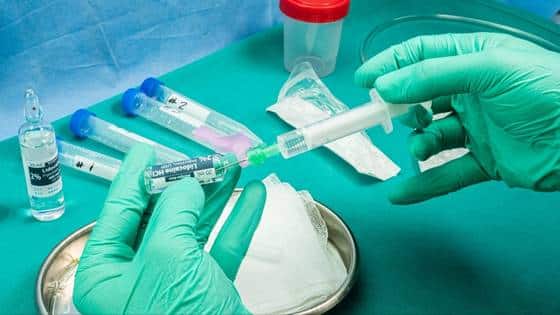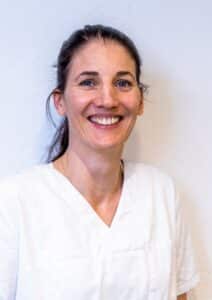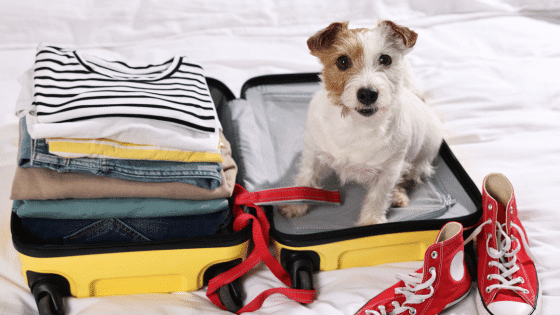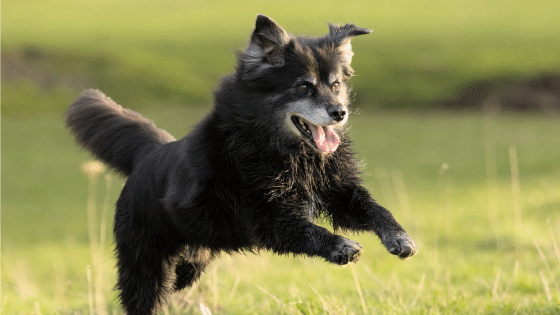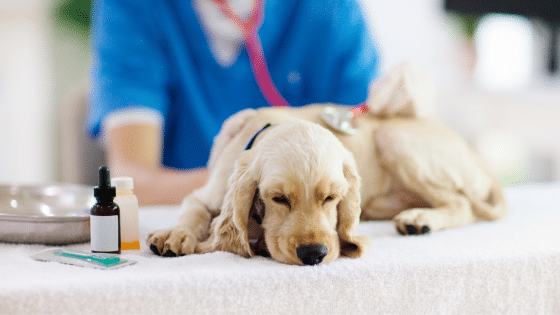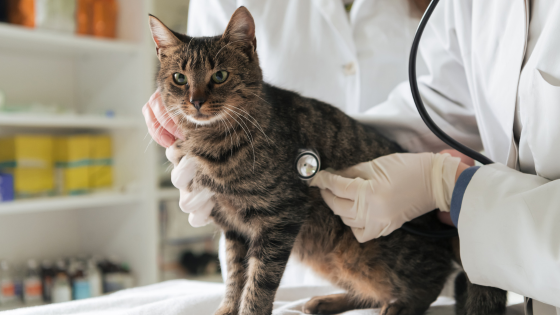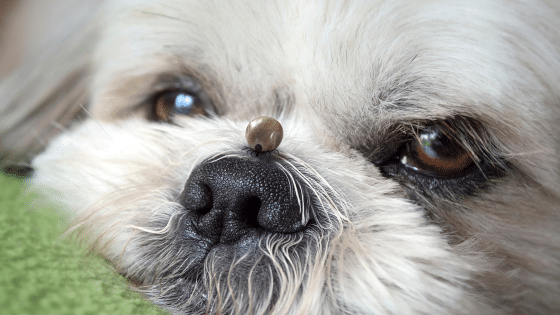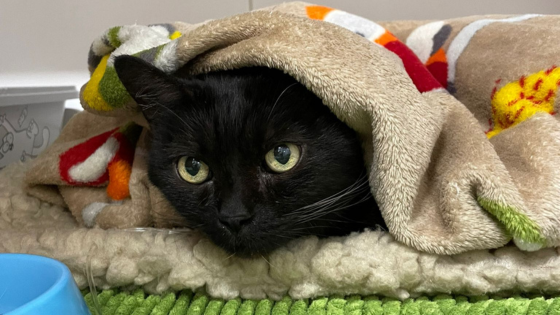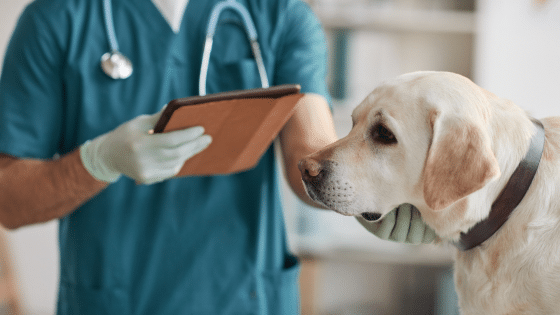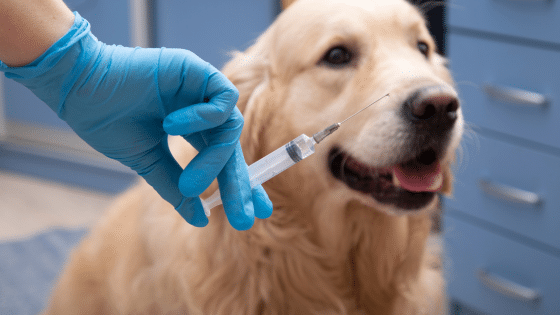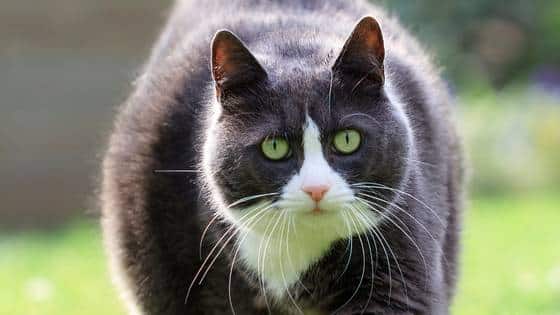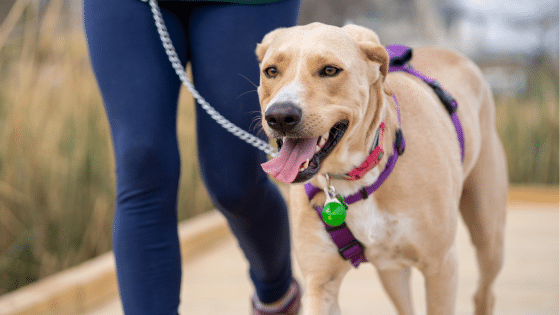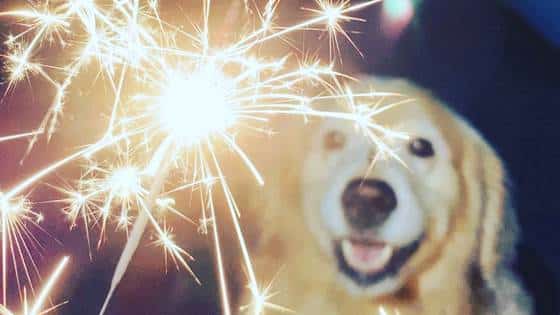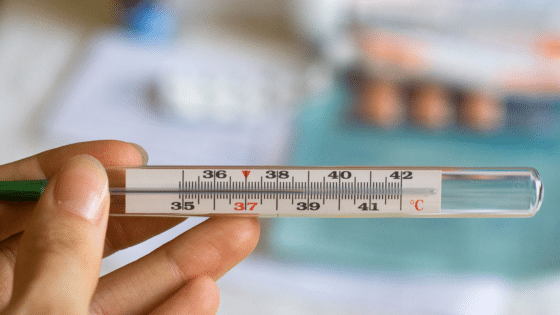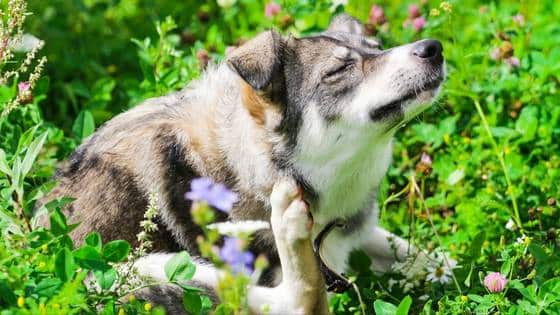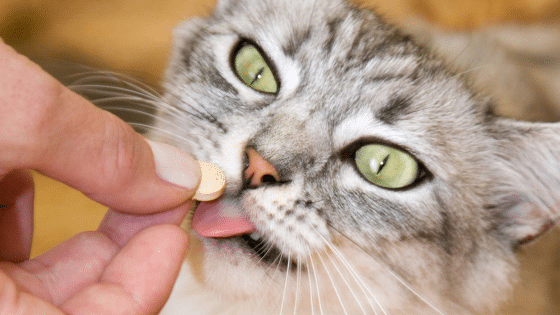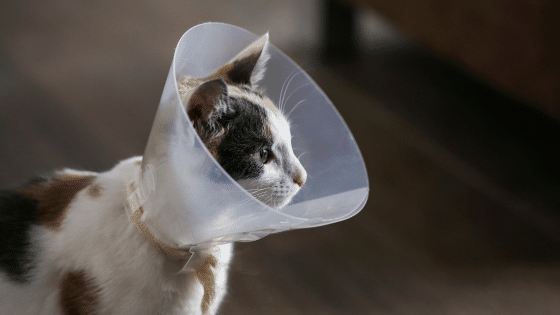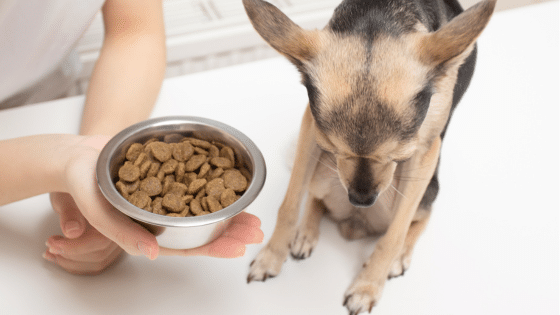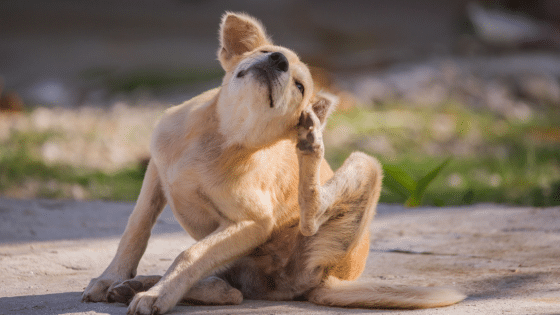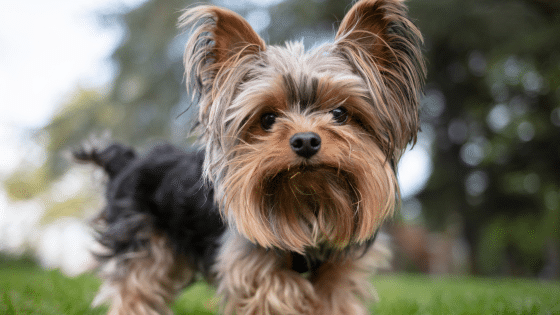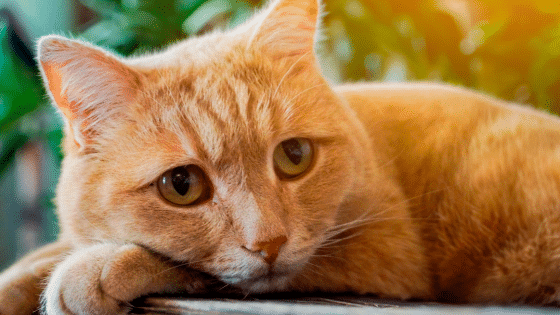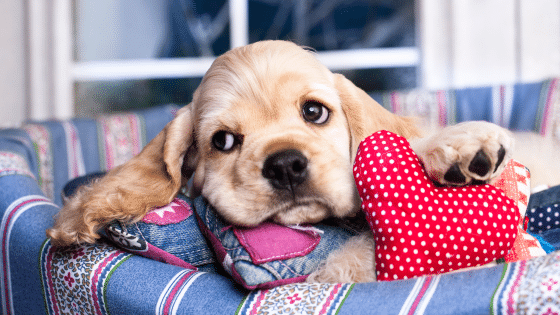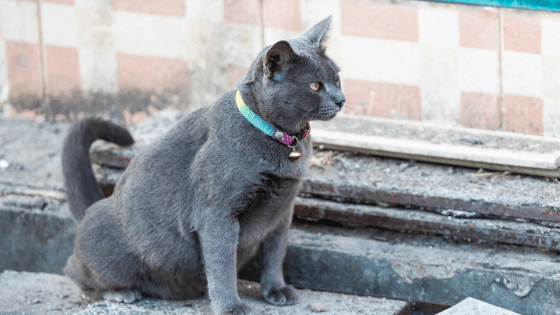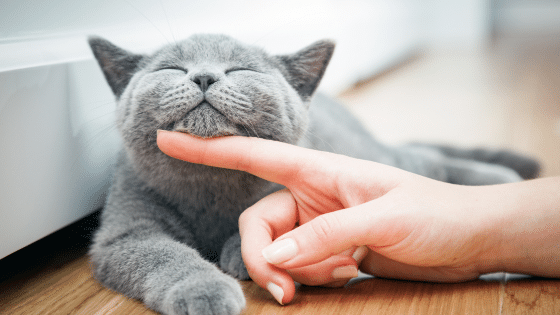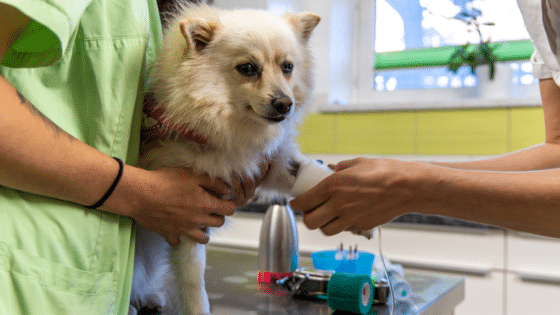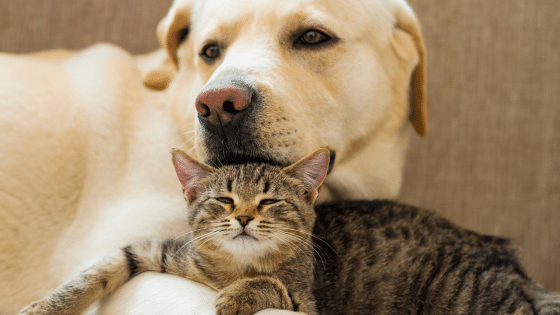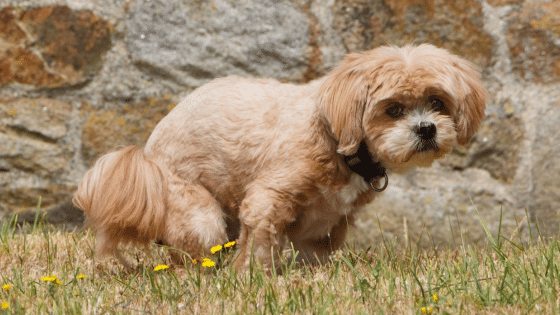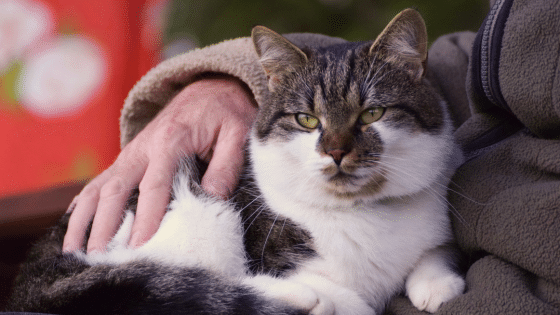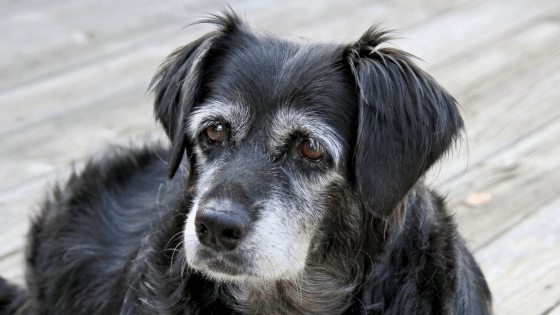Anesthesia in dogs and cats - risks and monitoring
Anesthesia safety in modern veterinary medicine

Almost every pet will need anesthesia at some point in its life - either for a routine procedure such as neutering or due to an accident or serious illness.
Every anaesthetic, whether for animals or humans, carries a certain risk and understandably as a pet owner you are concerned about the well-being of your four-legged friend.
What is anesthesia?
An anaesthetic is used to eliminate pain over the whole body, relax the muscles and induce hypnosis (deep sleep) using drugs or anaesthetic gases.
In veterinary medicine, in addition to surgery, all dental treatments and some examinations, such as special X-ray examinations, must be performed under anesthesia.
Anaesthesia for each patient individually
Each method of anaesthesia has its advantages and disadvantages, therefore the appropriate anaesthesia for each individual patient must be carefully weighed. A complete examination is essential before any anaesthesia to assess the health of the animal. In the case of pre-existing conditions or animals from the second half of life, a complete blood analysis and / or x-rays of the heart and lungs is advisable in order to be able to assess the anaesthetic risk and to choose the appropriate anaesthetic.
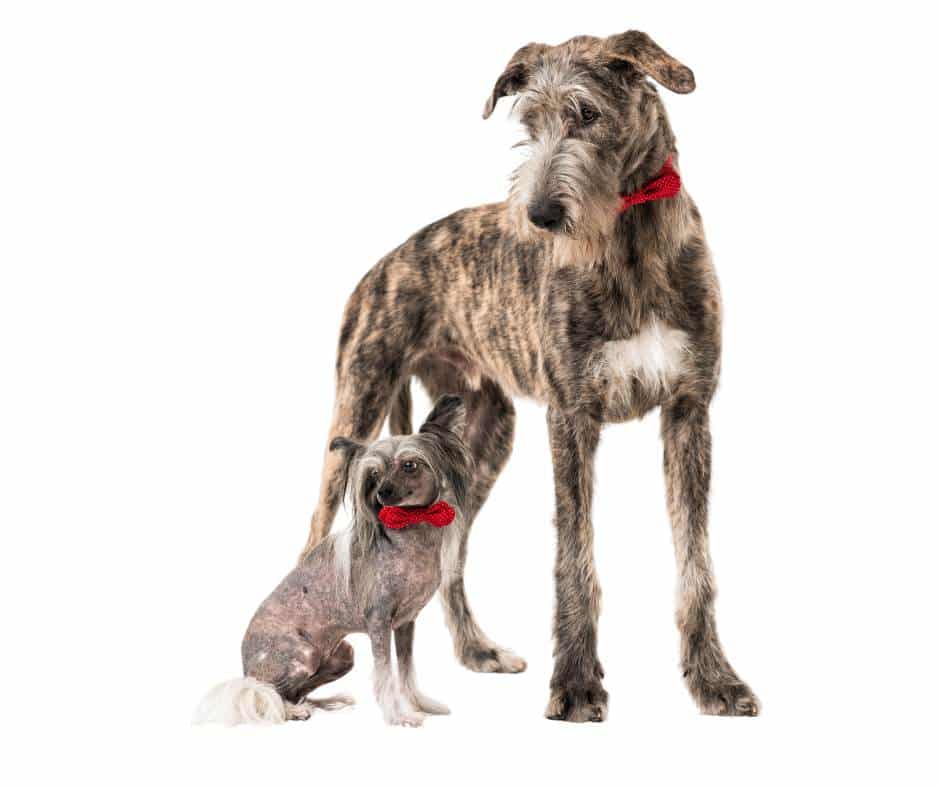
Minimize anesthesia risks
In order to prevent undesirable effects such as a drop in blood pressure, cardiac arrhythmia, respiratory depression or, in the worst case, cardiac or respiratory arrest, all our patients are carefully monitored throughout the entire procedure. Many anaesthetic incidents can thus be detected at an early stage and successfully counteracted with medication and aids.
The monitoring of the animal takes place in our practice by means of monitors and in addition always at least one person who observes the animal during the entire anaesthesia. As a rule, each animal is given a venous access for the rapid administration of emergency medication and infusion solutions and a tube (tube into the trachea) for direct oxygen supply or, in an emergency, for ventilation.
What should you consider before anesthetizing your pet?
Some anaesthetics also affect the gastrointestinal tract and the sense of balance and can therefore lead to vomiting. Since the animal is asleep and the swallowing reflex is switched off, there is a risk that vomit can get into the lungs, which can lead to serious complications.
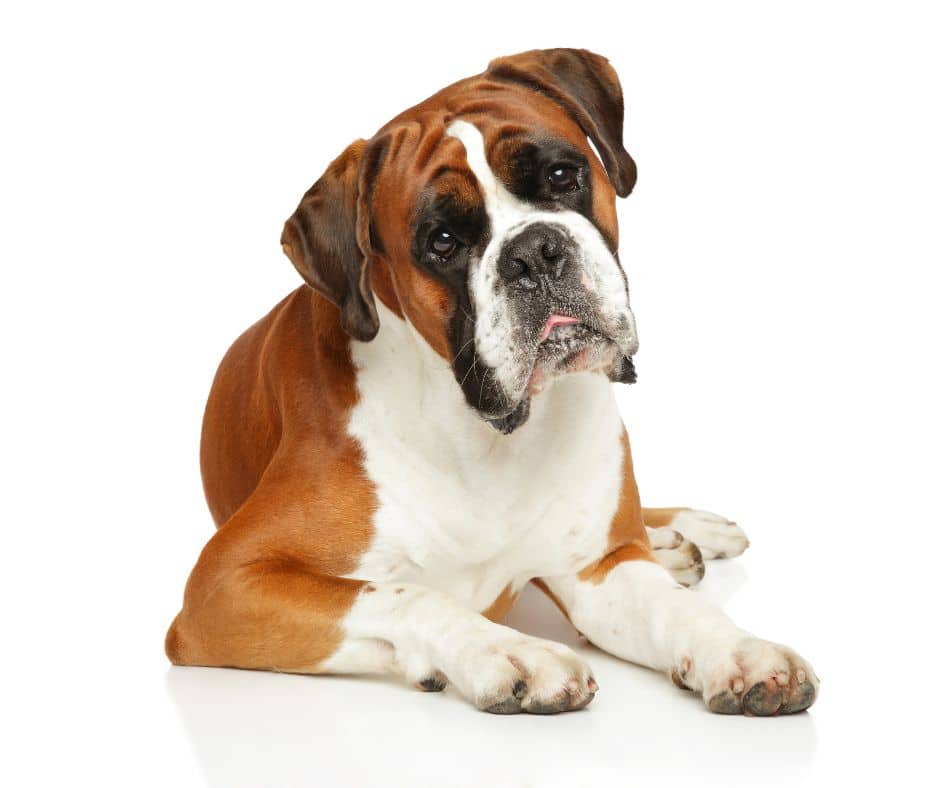
Attention: an absolute exception to this are pets (rabbits, guinea pigs). These have to eat until the time of surgery due to their differently designed gastrointestinal tract!
Before the operation you should give your animal the opportunity to empty its bladder and bowels.
Your four-legged friend will be completely checked out together with you before the operation and the operation and aftercare will be discussed.
What happens after the operation?
As complications can also arise during the recovery phase, each patient remains with us for observation until they are fully awake and able to walk and stand again. The recovery phase depends on the type of operation and the age and state of health of the patient. Patients at risk usually remain for observation for at least 24 hours. Young healthy animals are allowed to go home the same day after routine procedures such as castration.
For the recovery phase of your four-legged friend, we have an infirmary with emergency and intensive care equipment. The comfort of our animal patients is particularly close to our hearts.
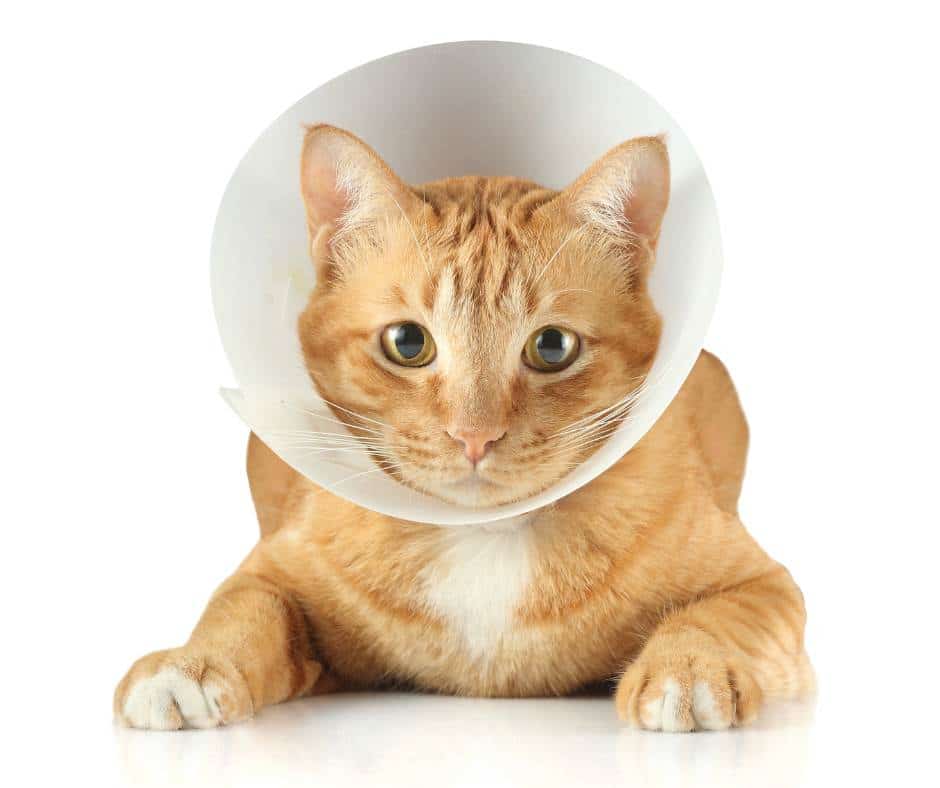
What to do at home after surgery?
The animals must not lick the surgical wound, otherwise there is a risk of infection or the sutures come loose. In some cases, the animals must wear a collar or bodysuit as protection against licking. The wound care will be discussed with you when you pick up the patient.
Ensure peace at home
Basically, the animal should be kept in a quiet environment after surgery. At what time the animal is allowed to eat again after the operation depends on the type of operation / surgery and will be discussed individually with you.
Don't worry if your pet has no appetite after the operation, as with humans, anaesthesia can cause a sinking feeling and nausea. The day after the operation your pet should eat normally. Please let us know if your pet does not want to eat at all or vomits.
Outdoor cats should stay indoors for the first 24 hours, as the after-effects of the anaesthetic will limit their coordination, which could put them in dangerous situations outside.
Very young or very small pets with little body fat freeze easily. Here a hot water bottle (water temperature not higher than 40°C) does a good job.
In jedem Fall müssen die verordneten Medikamente in der besprochenen Dosierung und Regelmäßigkeit verabreicht werden.
Gebt uns Bescheid, falls die Tablettengabe nicht problemlos gelingt. Wir zeigen euch gerne ein paar Tricks.

